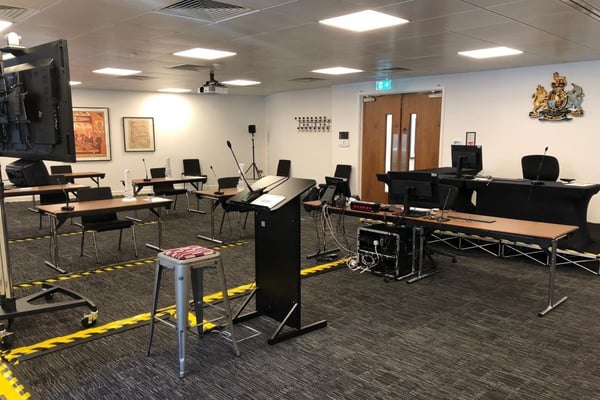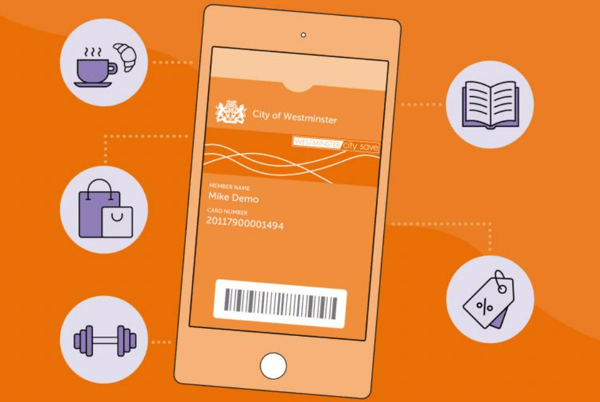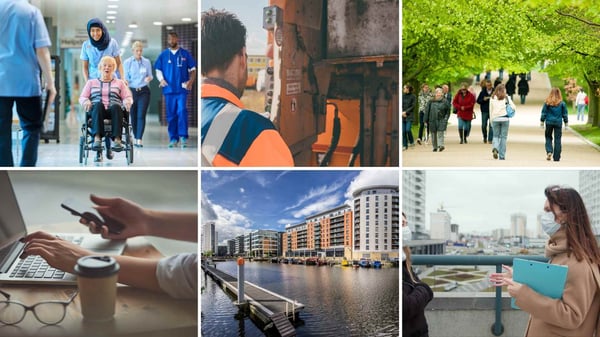Making digital public services citizen-centric
What opportunities are there for public services to be delivered differently to reflect shifting citizen requirements and new technical capabilities?
Executives from the Intellectual Property Office (IPO), the UK Health Security Agency (UKHSA) and Adobe, shared their experiences as part of an expert panel discussing how to continue transforming digital services while keeping the citizen at the heart of the design process.
Gathering (and acting on) customer feedback
The IPO has a five-year transformation programme that aims to make it the best intellectual property office in the world - both for customers and staff. Although some legacy systems are still holding the IPO back, Sarah Whitehead, Deputy Director Customer Experience at the IPO, hopes the organisation's ambitious transformation programme will help her team reach the point where they can deliver outstanding and customer-focused services fit for the modern age. 
“We want to make user journeys as seamless and easy as possible,” she said. “By digitising our services, we can free up our people from doing data entry and use their time to add value for those customers that need additional support.”
Customers today have high expectations and expect a quality of service similar to that experienced in private sector services like online banking or e-commerce platforms. They are also demanding greater transparency and to be kept informed about every stage of the process they are going through.
“Customers want to know what's happening, when they'll hear from us and what they can expect,” Whitehead said. “And that kind of self-service is something that we're seeing coming through. They’re looking for us to offer a similar quality of services and facilities seen in the private sector.”
Raising awareness and managing expectations are important elements of the IPO’s transformation programme. Although the first version of a product might not be perfect in its first iterations, continuous improvement and quick delivery ensure that steps are taken in the right direction.
Essential to this steady improvement is gathering customer feedback - as well as acting on it. Whitehead said that the IPO encourages its customer base to share feedback on their services. Demonstrating the results of what has been done as a result of that feedback increases trust and also shows that customers are actually being listened to.
“We've got a group of critical friends that we engage with regularly before we proceed with things to get that early critical eye, which I think is incredibly useful,” Whitehead explained. “Then we make sure that we're telling people that we do act on their feedback, because I think it's easy for customers to feel like they're telling us things, but they don't necessarily know that we are acting on it.”
Whitehead uses the IPO’s blog as a channel to share and promote the work being done and the changes implemented as a result of the feedback collected. The government body has also set up a unit that brings all customer insights together in one place, making it easier to identify the trends and themes that need focusing on.
“User research and making sure that the voice of the customer is built in right from the very beginning is absolutely essential to developing new services and improving our existing services, and it's at the heart of everything that we do,” Whitehead said.
In the IPO’s case, user research takes place in a number of different formats, using a broad list of personas representing diverse customer groups. Although the office has its own panel of users that they can contact for its research, Whitehead recognised the limitations of this approach, so they have also partnered with an external recruitment agency that helps the IPO to make the user research as robust as possible.
.jpg?width=500&name=Live%20poll%20results%20(2).jpg)
Different channels for different citizens
Joining up the customer journey and reducing duplication are basic levers to improve citizen engagement, according to Neil Bacon, Senior Digital Strategist at Adobe. This requires inclusive design of processes, systems and technologies that can add value to the customer experience.

“If we can get all of that right, a lot of the positive digital experience that comes as a result of it will actually happen,” Bacon said.
Bringing offline and online interactions together requires bringing together data from multiple sources, whether that is a CRM or a contact centre, to extract insights consistently that can result in automation of services or other applications. But accessing a service online or offline should not compromise its quality.
“It's about breaking down the metrics, the whole journey, and building that data- driven operating model,” he said.
Similarly to Whitehead, customer feedback (and complaints) are key to the UKHSA, said Robert Currens, Deputy Director National Operations (Service Excellence) at the public health department. A lesson drawn from his previous work at HMRC and DWP is that an omni-channel approach does not always fit customer needs and instead a multi-channel way is more suitable.
“We’ve found that a customer is more likely to pick up the phone than pick up the phone and engage with the digital side of things as well,” Currens explained. “Whereas somebody that's digitally minded would likely go through the digital process and at the same time use the phone to see which process is quickest and best for them.”
Although the demand for digital keeps growing and government keeps responding to that, Currens said that the vulnerable customer that will not engage with a digital product should always be kept in mind to avoid exclusion. This means maintaining face-to-face functions and a consistent and accessible telephone contact centre. However, the challenge remains in identifying which channels do customers prefer to use.
“So the struggle we've got now is understanding which customers prefer to use which channel and when they want to switch between channels,” Currens added. “I don't think we've quite got to the nub of that but we are definitely making big strides in that area.”
The Future of Citizen Services panel discussion was sponsored by Adobe. You can catch up with the recording of the session here.






